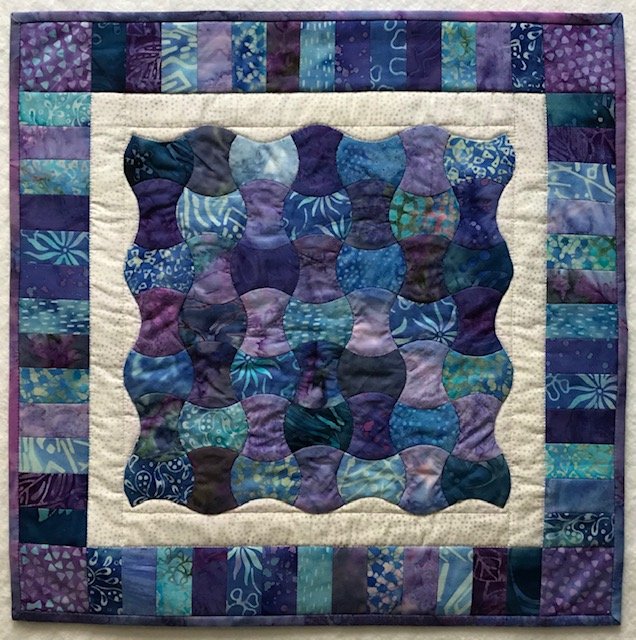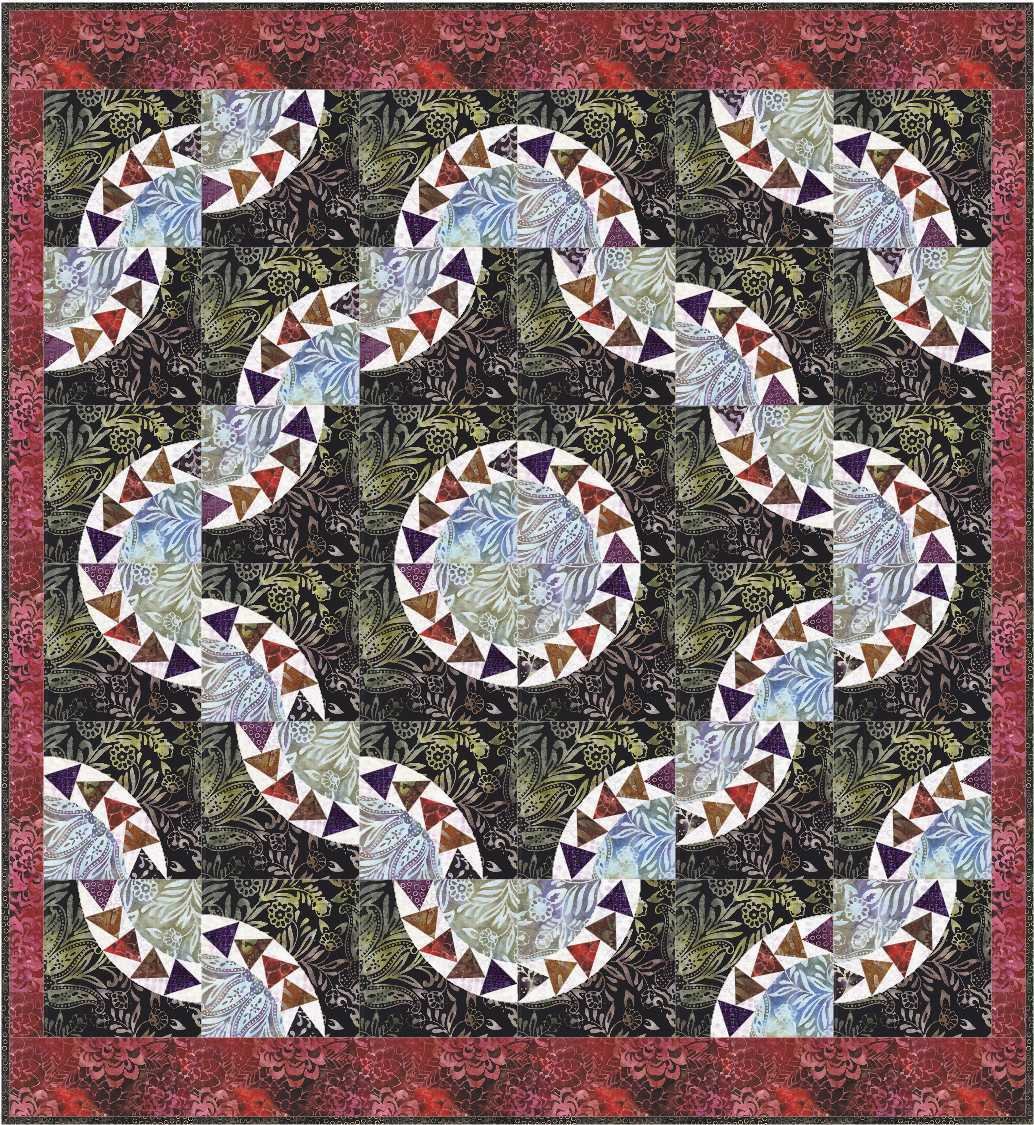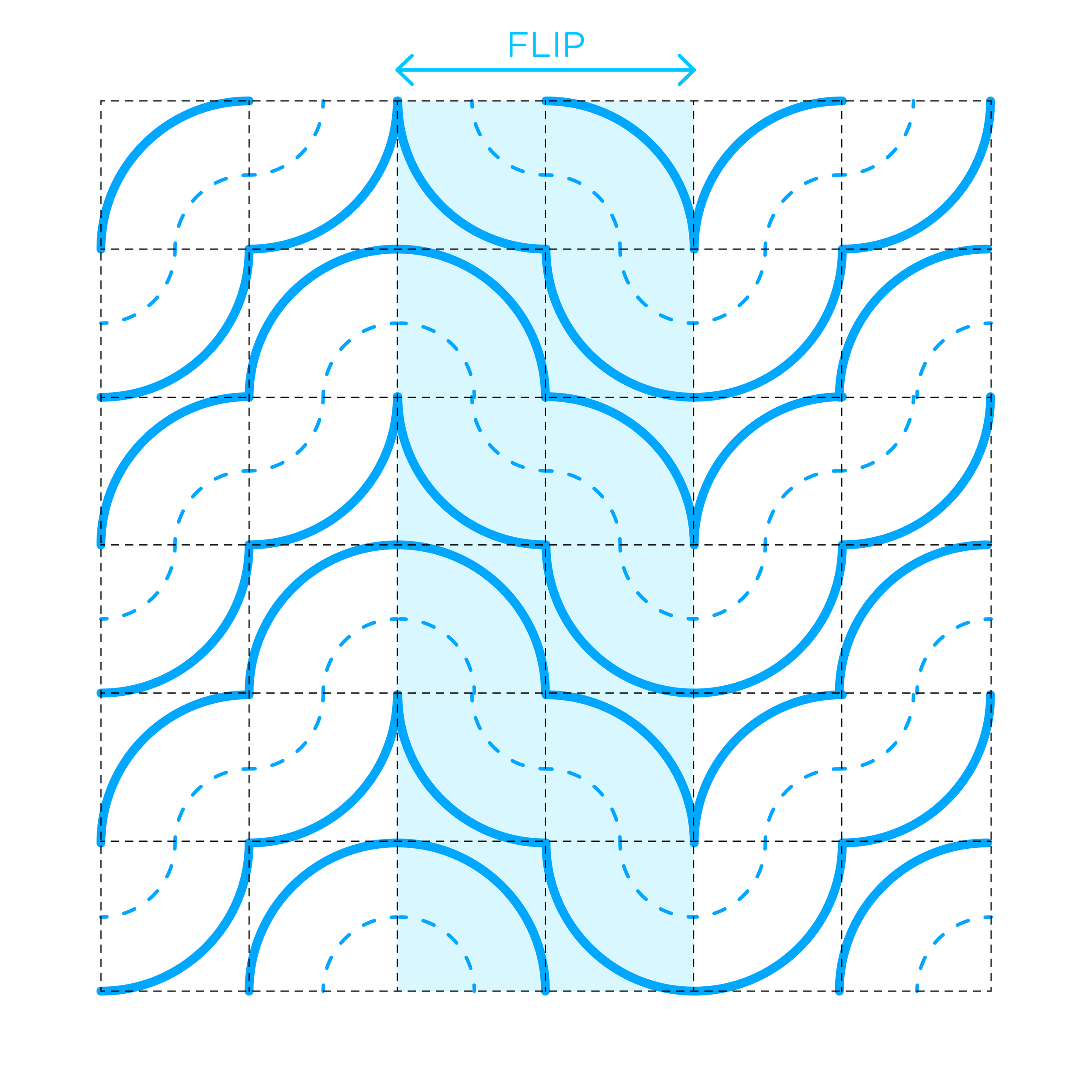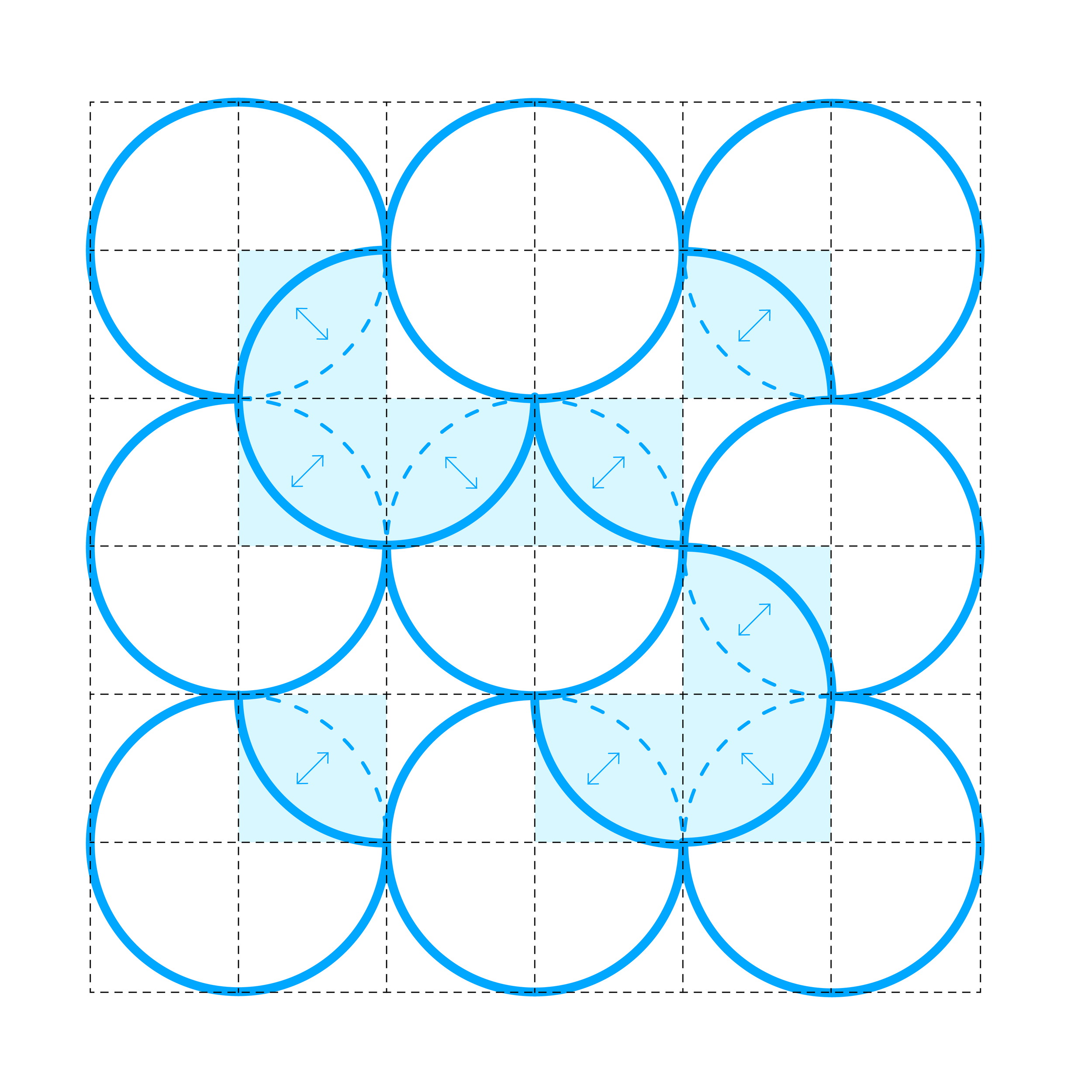brickwork
Masonry constructions, both possible and impossible.
Brickwork is a long-form generative art project that will be released on March 9, 2022 on Plottables, a curated on-chain generative art platform in which every piece is able to be plotted directly with a pen plotter. For sample outputs, see the project preview on the Ropsten testnet. For collectors looking to plot your piece, see our plotting guide.
In Brickwork, materiality gives dimension and mass to otherwise abstract arrangements of arcs, becoming walls that create form and define space.
Brickwork emerged as a continuation of compositional explorations for our earlier project, Freehand, in which some of the compositions evoked a series of spaces. While finishing Freehand, we decided to test the spatiality of some of these compositions by translating them from strokes of pen and paint to walls made of brick, modeling them in 3D and pen plotting the results:
Though the compositions in Brickwork are related to compositions in Freehand, in the end, there is only a very small overlap of compositions types that are possible in both Brickwork and Freehand.
Elements
Four possible orientations of arcs are arranged on a square grid before being extruded. Grids range from 4x4 to 10x10, with different composition types favoring different grid sizes.
Each output is assigned an element size — full, half, or three-quarters. In some cases, the surfaces may be offset. If so, each grid cell contains two surfaces, one that is the defined element size (the outer arc) and one at half of that size (the inner arc).
The resulting combinations of element size and offset create a wide range of patterns:
The same combination of four arc orientations shown with each possible combination of element size and offset.
Composition
Each composition type is its own compositional system, using a unique set of rules to create compositions that are graphically distinct and suggest forms that are spatially compelling.
Quilts patterns were one source of inspiration for the compositional systems in Brickwork, specifically those using repeated blocks with arc motifs. In these quilts, the arc motif is an efficient way to make a wide range of dynamic compositions by only cutting a single shape.
Freeform Compositions
Fully Freeform
Freeform Constrained (Adjacent) — two of the orientations are flipped so that all arcs are either concave up, down, left or right.
Freeform Constrained (Opposite) — two of the orientations are flipped so that all of the arcs share the same end points (bottom-left to top-right or top-left to bottom-right).
Strip Compositions
Strip compositions consist of diagonal bands of arcs that are transformed by flipping regions of the grid, creating zig-zag, horizontal, and radial patterns. The location and width of these flipped regions varies, resulting in many different possible compositions that tend to resemble long, meandering walls.
Zig-Zag Strips
Horizontal Strips
Radial Strips
Cell Compositions
In their most basic form, cell compositions are made up of a grid of circles, formed by orienting each set of four adjacent arcs around a shared center point. This pattern is then transformed by flipping the concavity of certain arcs while maintaining their original end points. Different systems for selecting which cells are flipped create a wide range of composition types, but they tend to create distinct cellular volumes instead of long, continuous walls.
Cells Randomly Flipped - a random selection of arcs are flipped diagonally. In some cases, perimeter arcs maintain their original orientation.
Cells Alternating - every other arc is flipped diagonally creating an apple core pattern.
Cells Concentric - alternating concentric regions of arcs are flipped, creating a radial composition. The center point and size of these regions varies between outputs.
Sequence Compositions
Each sequence composition is based on the same sequence of six arcs. In each output, a subset of that sequence (between two and six arcs long) is defined and repeated across the composition, shifting by a defined number of grid cells each time it is repeated
In this example, the full sequence of six arcs is repeated and shifted by one grid cell each time, creating a pattern of interlocking circles.
In this example, a shorter sequence of four arcs is repeated and shifted by two grid cells each time, creating a pattern resembling overlapping “S”s.
Truchet Compositions
In the truchet compositions, the pattern is based on larger tiles of four grid cells in which two of the arcs are omitted. The pattern is made by repeating just two tiles — one with arcs in the upper-right and lower-left and the other with arcs in the upper-left and lower-right. In some truchet compositions, the outer perimeter is closed, creating more defined forms.
Floating
Because each output needs to be able to be plotted directly with a pen plotter (without any post-processing), much of the script is dedicated to occlusion, or omitting lines that are “behind” other lines. Because we are dealing with vectors (which can be pen plotted) instead of pixels, this is not as simple as drawing shapes over other shapes and using color fills to cover up the shapes behind. Instead, each line is occluded mathematically using the height and radius that define the surfaces in front of it.
Before Occlusion
After Occlusion
In most outputs, surfaces closer to the top of the image are occluded to appear behind surfaces lower in the image, creating the appearance of a horizontal arrangement of walls. In “Floating” outputs, the occlusion is reversed, flipping the orientation of the construction to a vertical structure, with surfaces stacked or floating on top of one another.
In some configurations, these “floating” surfaces create constructions that are geometrically impossible:
Brick Pattern and Wythe
The surfaces can be made up of one, two, or three wythes. A wythe is a single layer of bricks that can function independently or be interlocked with adjacent wythes.
Single Wythe
Double Wythe
Triple Wythe
Mixed Wythe
There are 9 possible brick patterns. In some brick patterns, wythes are independent. In others, bricks interlock between wythes, creating distinct patterns on the tops and ends of the walls.
Plotting Guide
The information here is intended to help collectors achieve plots similar to our intended results. However, collectors are free to (and encouraged to) explore many other ways to plot their pieces.
Paper
Each output is assigned one of four paper colors, the name of which can be found in the features and corresponds with one of the following paper products:
Legion Stonehenge - Warm White
Legion Stonehenge - Cream
Legion Stonehenge - Pearl Grey
Canson Mi-Teintes Drawing Paper - Red Earth
Pens and Plot Layers
In the Plottables plot interface, the paths are separated onto four layers — Outline, Horizontal Hatch, Vertical Hatch, and Top Hatch. For best results, use two different pens with different line thickness to achieve a thicker line for the Outline layer and a thinner line for all other layers.
We recommend plotting with Sakura Pigma Microns because of the consistency of line quality. They are available in a range of sizes which makes plotting the two line weights achievable at various plot sizes.
For an 11”x14” plot, we recommend starting with a Micron 08 (0.5 mm) for the outlines and a Micron 01 (0.25 mm) for all other lines. For an 8”x10” plot, we recommend starting with a Micron 05 (0.45 mm) for the outlines and a Micron 005 (0.2 mm) for all other lines.
An 11”x14” plot and an 8”x10” plot of Ropsten #18
For the Outline layer, we have had the best results when adding a bit of weight to the pen (in our case, by placing an empty glass spice jar that weighs about 100 grams over the pen). Please note that this can be rough of your servo, but the outline pass is relatively short (usually less than 10 minutes) and movement in the z-direction is limited. We would not recommend doing this for the hatch lines, which run for much longer (about 1-4 hours depending on the output) and have extensive movement in the z-direction.
We recommend plotting the Outline layer first. This will allow you to detect misalignments caused by changing pens much sooner, as the plot time is much shorter for the Outline layer compared to the other layers.
Because the Vertical Hatch lines can be the roughest on the pen tips (due to the extensive up and down movement of the pen), we have had best results plotting the Horizontal Hatch layer before the Vertical Hatch layer, but this is totally optional.





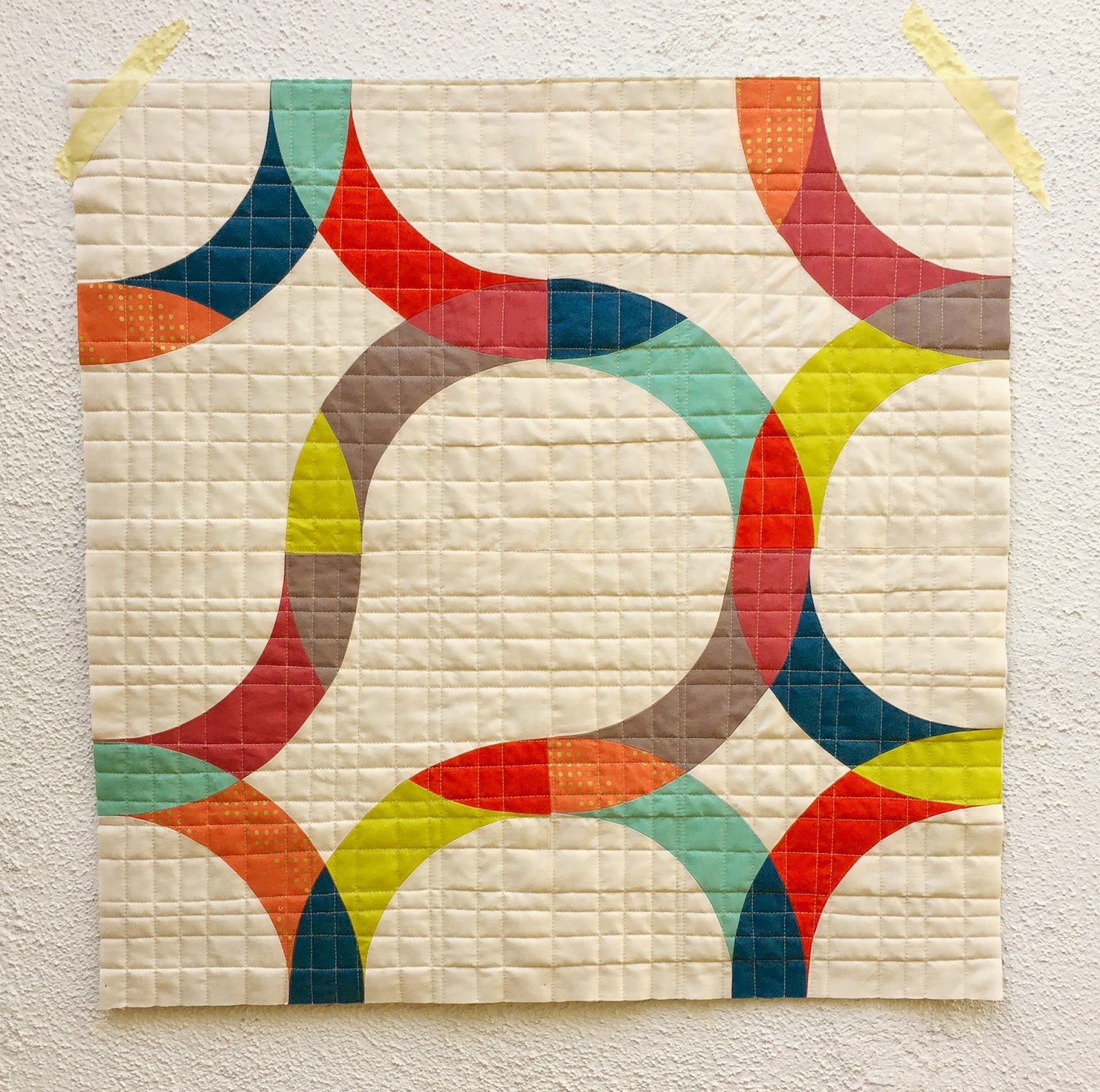
![Circle of Hope 2[3].jpeg](https://images.squarespace-cdn.com/content/v1/61229ad8d981d0316623b944/1644521531382-OKF13HO7CQ7BL8EAW0B1/Circle+of+Hope+2%5B3%5D.jpeg)
